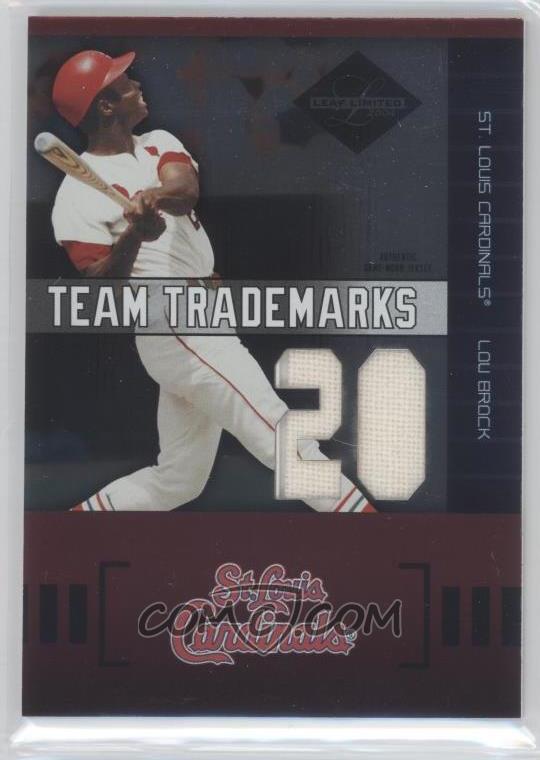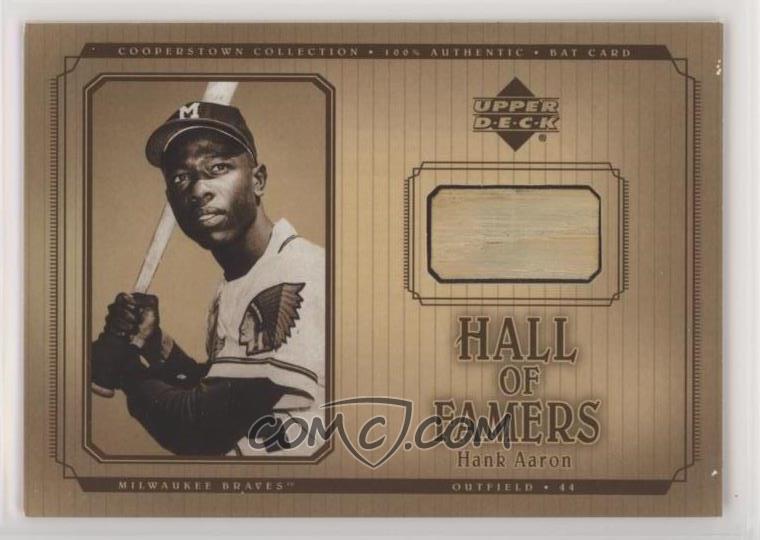My posting has been sporadic for a few reasons. First and foremost, I've been suffering from allergies the last couple of weeks. It's just left me feeling uninterested in thinking (despite what you might think, writing my posts do require some brain power). Second, I've been working on projects instead of writing - the projects I've been working on have been generally low effort, and I might not be at home next month or later in the year; now is the best time to get things done, right? Finally, there aren't many things to write about. I have post ideas but I'd rather just save them for later due to the two previous reasons.
Not getting in the way of posting is reading. I set a goal this year to read at least one book a month, and I've almost exclusively been reading while riding the train, with some reading during lunch at work. I started the year off with a quick trivia book that I polished off in just a few hours. And a few weeks later I finally started my second book.
This post is quite long; there is a very brief summary at the end if you just want to know my opinion of the book.
David Halberstam got his start as a journalist in the 1960s, covering the Vietnam War and Civil Rights movement, before focusing more on history books, especially sportswriting. His 1981 book The Breaks of the Game, about the 1979-80 basketball season, was his first entry in the field; this was followed by a book about rowing before he wrote his first baseball book. Summer of '49, published in 1989, is a book I've seen several times on the shelf; I own the book, after all, though it's sitting in the US so I've never read it. His second book is the one you see above; he would write one more baseball book about the 1940s Red Sox in 2003.
October 1964 is mostly about the World Series that year between the Cardinals and the Yankees, but the actual games themselves feel like almost an afterthought in the book itself. There are 31 chapters, plus a prologue and epilogue, over 373 pages (in my book's printing, at least). But the six World Series games, which take up six chapters, fill less than 10% of the book (about 35 pages). Granted, an average of six pages or so per game is a lot; the text in this book is pretty small and close together, so a six-page account of a single game has a lot of detail.
The first 25 chapters, instead of talking about October 1964, talk about the events leading up to that year's championship tournament. There are plenty of recaps of teams' months; game scores, stats, and gameplay narrative has its place. But a large portion of this book takes place off the field or between the pitches. And many of the stories take place before the 1964 season, and sometimes afterward.
Take chapter 11. At first glance, it appears to look at how St. Louis' remedied their troubles in June. In fact, the first sentence in that chapter is: "In mid-June the St. Louis Cardinals were struggling." The first five (of 20-plus pages) in the chapter discuss the timeline of how the Bill Devine attempted to fill a hole in the outfield.
From that point, the narrative turns to Lou Brock, his struggles in Chicago from 1962 to mid 1964, and his adjustment to playing for the Cardinals. That's seven pages. The story then shifts to Buck O'Neil, the man who had scouted Brock, and how he came to be a scout after playing in the Negro Leagues. There go another seven pages, traveling all the way back to the 1940s. The remaining seven pages are about O'Neil's scouting of Brock in the 1950s and Brock's progression through the minor leagues, leading up to his debut in 1961.
Reading the book written in this fashion definitely took some getting used to. It's not a linear progression of events. The main narrative goes off on tangents, almost like cutaways in a Family Guy episode, except these cutaways actually have to do with the main story. If the book were to be turned into a movie, I suppose those would all be flashbacks, with the occasional flash forward.
That said, Halberstam's stories are interesting. Never once did I think "Man, I he should have left out this entire section on Buck O'Neil" or "Do I really need to hear about Mickey Mantle's struggles in so much detail?"
He discusses a lot of the social issues taking place in the US and in baseball around that time as well; there is mention of the changing press style, a lot of discussion about racism, and many pages are devoted to front office and salary issues.
I think if Halberstam had just written about the season itself, or just focused solely on the World Series itself, there wouldn't be so much interest in the outcome. Yes, I could easily search Wikipedia for the results of the 1964 World Series, and I'm sure I could piece together some of the stories of the teams and the players from that site and perhaps some others. But as I read the book, I found myself actually appreciating many of the players more than I ever did before.
Bob Gibson was a great pitcher; I've known that for a long time. He was a fierce competitor and he went through a lot given the time he was playing and where he was playing. But I feel that, after reading the book, I understand him a lot more and respect him even more than before. The same can be said for Lou Brock and any of the other players Halberstam goes into detail about. And even many of the players he only "mentions" a few times.
The extra stories - the details about the front office, the players' histories, the personalities - slowly build to the relatively quickly discussed Series itself. While there is a moral message against racism in his story (and how racism in the Yankees organization might have been a contributing factor to the end of their dynasty), the book's strongest point is its painting of the personalities, and that kept me going from page to page.
In fact, as a result, I've been inspired to add a few more cards to my collection. Bob Gibson is already there, but lately I've added cards of Stan Musial, Hank Aaron, and Casey Stengel, and have been looking for others mentioned in the book.
October 1964 and Summer of '49 by Halberstam bookend the Yankees dynasty, and probably would be best read as a set. I'm not sure how exactly Teammates, about the 1940s Red Sox, would fit in as a trilogy. But I am much more interested in '49 at this point, and the stories I hope it has to tell as well. And as a bit of a history fan, I have to think that some of his other books might be worth checking out at some point as well.
TL;DR: October 1964 is a great read, and I highly recommend it for the stories about the personalities, even more so than the overall story the book tells.




Dude. You and I totally have something in common... and it's not reading books. My allergies are killing me right now. My eyes are itchy. My throat is scratchy. And I wake up every morning with a sore throat and a headache.
ReplyDeleteI've read all three of the Halberstam baseball books. They're all good but this one is probably my favorite given the subject material - the Cardinals are my favorite team after the Red Sox and I was born near St Louis near the end of that season. I didn't think I'd like Teammates but I ended up reading it after my sister-in-law gave me a copy of it and it was very good.
ReplyDeleteI always remember Lou Brock's quote in the book about growing up in Arkansas - "Arkansas was the 'Land Of Opportunity' and as soon as we had the opportunity, we got the hell out of Arkansas". Brock was my favorite player when I was growing up.
This comment has been removed by a blog administrator.
ReplyDeleteFuji: I hope they've cleared up by now. I have found that using a humidifier helps as I don't get such a dry mouth overnight.
ReplyDeleteNPB Card Guy: After this one, I would like to read the others, once I catch up on the other books I already have.